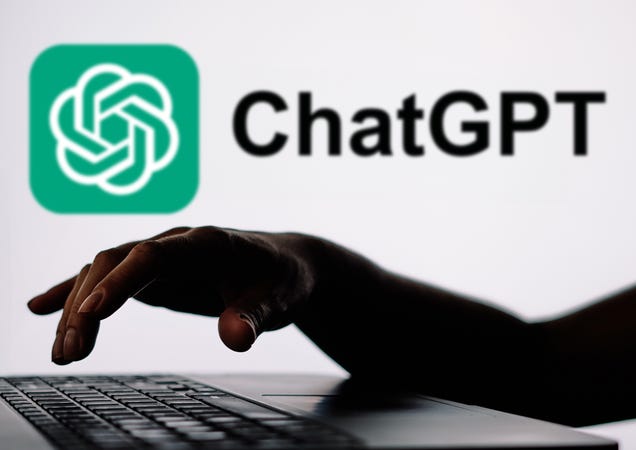New data puts a number on how many students are using AI in their papers

Millions of students are using generative artificial intelligence to write papers as the popularity of AI chatbots such as ChatGPT proliferates.
Is Bitcoin too speculative?
A report this week from Turnitin, an online plagiarism spotting service for educators that recently launched an AI detection tool, said that over 22 million student papers (11% of the sample reviewed by the company) used AI to generate at least 20% of the writing since April 2023. Turnitin reviewed over 200 million papers across the globe, mostly from higher education institutions.
“We’re at an important juncture in education where technologies are transforming learning, and the need for academic integrity is more critical than ever. Everyone in education is looking for resources to enable them to perform at their best, and technologies, including our AI writing detection feature, help advance learning without sacrificing academic integrity.” — Annie Chechitelli, chief product officer of Turnitin
Educators and lawmakers alike are scrambling to address how AI is used in education amid concerns of cheating and plagiarism. So far, five U.S. states — West Virginia, Oregon, North Carolina, California, and Washington — have instituted policies governing the use of AI in schools. Individual colleges and universities are coming up with their own policies. But things are mostly still up in the air, and even state guidelines show the lack of clarity.
“…it is perhaps shortsighted to automatically consider all use of AI as ‘cheating’. Educators will need to rethink their ideas of what constitutes plagiarism and cheating in today’s world, and adapt their teaching, assignments, and expectations to this new reality.” — North Carolina Department of Public Instruction
Concerns over AI helping students cheat are overblown, though, according to recent research from Stanford. The percentage of high school students who cheated on assignments actually dipped in 2023 as ChatGPT began taking off, researchers found.
“There are so many reasons why students cheat. They might be struggling with the material and unable to get the help they need…We need to help students and educators find ways to discuss the ethics of using this technology and when it is and isn’t useful for student learning.” — Denise Pope, senior lecturer at Stanford Graduate School of Education
By the numbers
60-70%: Share of U.S. students who engage in at least one “cheating behavior” during the course of a month, a figure that’s been high “long before ChatGPT hit the scene,” Pope said.
220 million: Number of papers reviewed by Turnitin.
11%: Share of student papers found to have at least 20% AI-generated writing, or about 22 million.
3%: Share of student papers found to have at least 80% AI-generated writing, or about 6 million.
5: Number of states with AI guidelines for their public schools.
75%: Percentage of respondents in a recent survey conducted by the investment bank Tyton Partners who said they’d keep using AI to complete assignments even if their institutions or teachers banned it.


